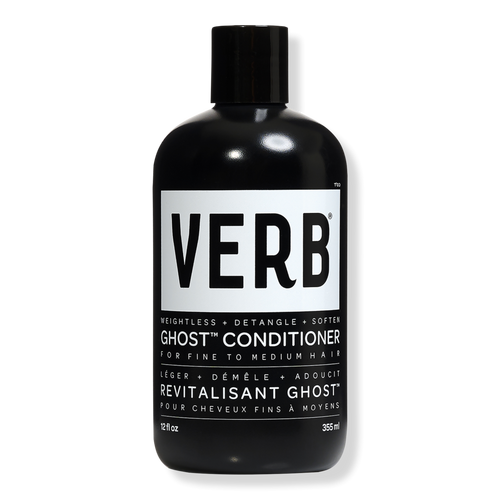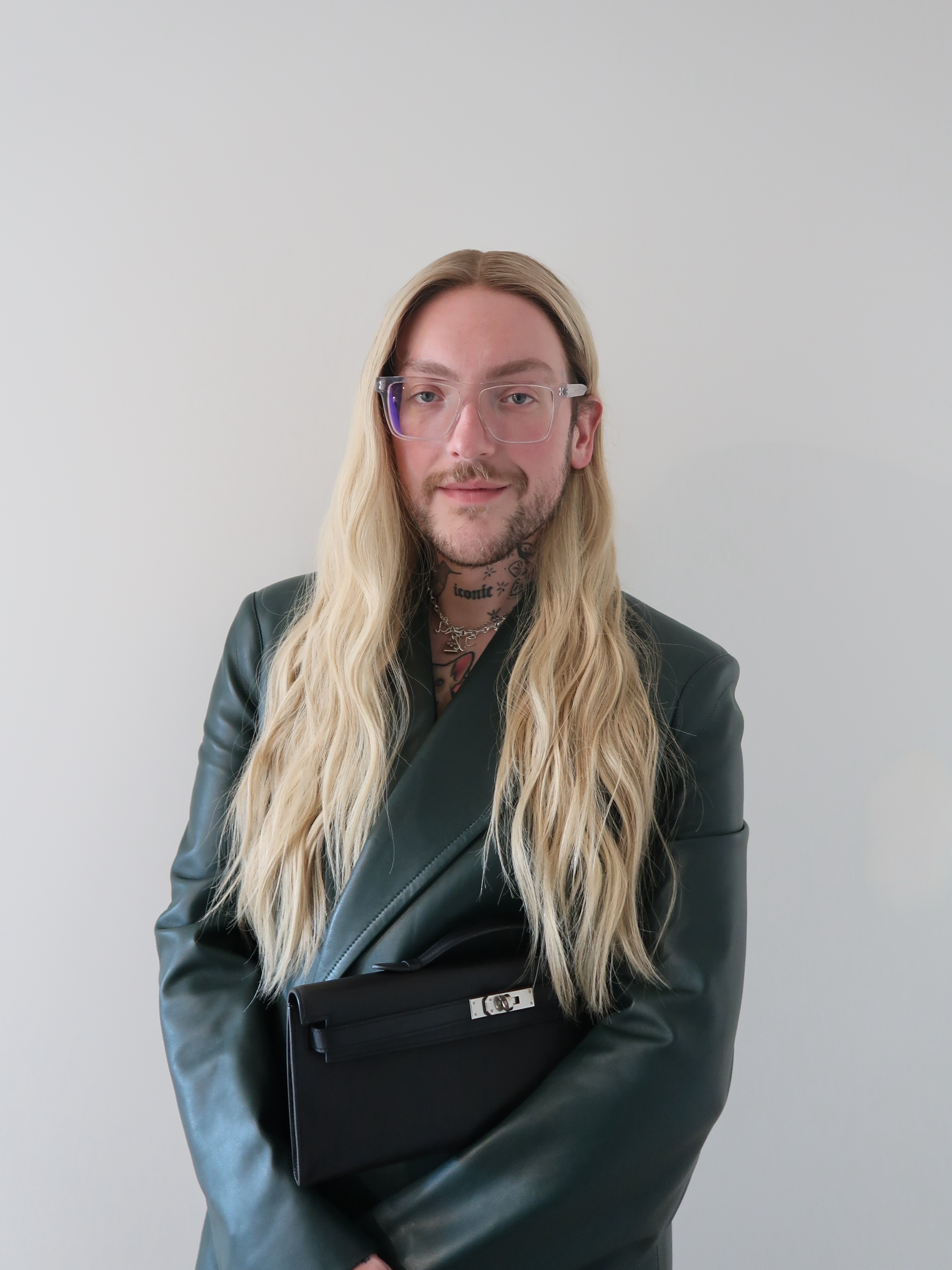K-Tip Extensions Are Hollywood's Best Hack for Long, Healthy Hair
Bonus: they look so natural.
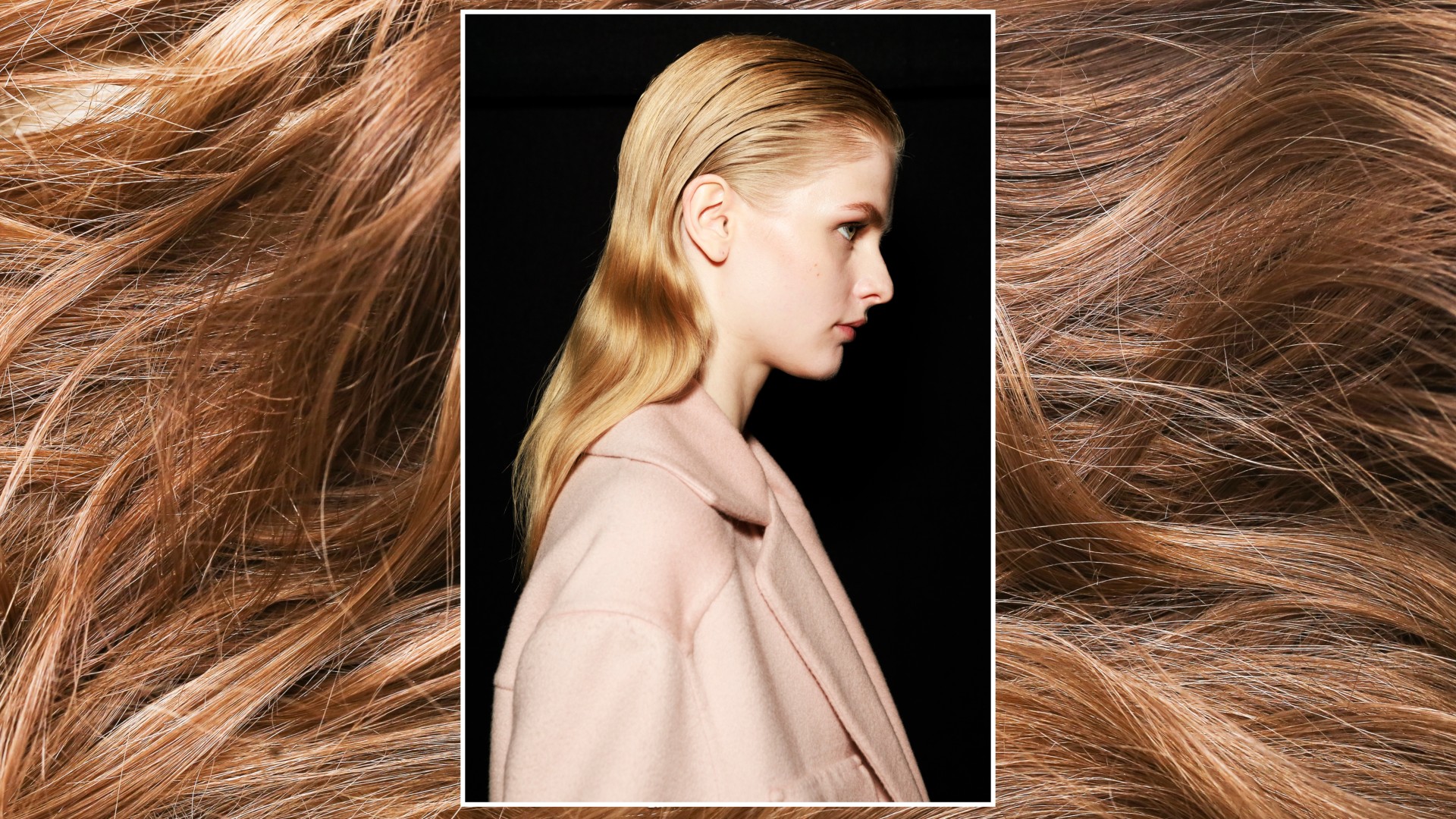

Hair extensions have come a veryyy long way from the synthetic, clip-on ponytails I once wore in middle school (it was a dark time). These days, if you’re looking to add some subtle thickness to your hair or if you want to experiment with a longer length for a while, you have a variety of quality options to choose from. There are clip-in extensions, sew-ins, and tape-ins, though few are as versatile as K-tip hair extensions.
If you’ve been paying any attention to hair trends that have gone viral within the last several years, then you’ve likely heard mention of K-tips at least once or twice. “These are individual keratin bond extensions that are fused to the natural hair using a heat tool,” says New Jersey-based hairstylist and salon owner Jennifer Korab. “They’re great for anyone looking for a seamless, natural-looking blend and full movement.”
K-tips aren't the same as microlinks (a method in which extensions are attached to the hair using tiny, silicone beads), nor are they to be confused with I-tips (these also use a bead attachment). While K-tips are a great option for those who want to lengthen or thicken their hair with extensions that are barely detectable, there are a few general guidelines you should keep in mind should you choose to get some installed.
Ahead, two hairstylists break down everything you need to know about K-tip hair extensions, including cost, maintenance, and more.
What Are K-Tip Hair Extensions?
“K-tips” is a term that’s short for “keratin tips.” They're a type of hair extension that involves attaching tiny chunks of hair (usually human) to your individual strands at the roots using keratin bonds. “These are individual hair extensions that are applied using a small amount of keratin protein, the same protein your hair is made up of,” says celebrity hairstylist Alex Pardoe. During a K-tip appointment, a special tool that utilizes a low amount of heat is typically used “to molecularly attach the keratin at the top of the extension to your natural hair,” Pardoe continues.
K-tips are a more natural-looking alternative to other types of extensions like tape-ins and sew-ins since they’re a lot easier to hide. Pardoe says that, among all types of extensions, these are the thinnest and lightest, making them an ideal choice for people with thin or fine hair who want to add volume with an extension method that doesn’t put too much tension on the scalp.
Additionally, K-tips allow you to style your hair in a wider variety of ways; sew-ins, for example, typically involve your hair being braided down into a specific pattern before long wefts of hair are then sewn on top, so unless you’re willing to leave out a significant amount of your natural hair, it often makes wearing them in styles like ponytails and buns a little tricky. “K-tips can be customized to be so small that they can live in places in your hair that other methods of extensions can’t, like bangs or finer sides,” Pardoe adds.
Get exclusive access to fashion and beauty trends, hot-off-the-press celebrity news, and more.
A post shared by Alex Pardoe (@alexpardashian)
A photo posted by on
How Are K-Tip Extensions Installed?
Both hairstylists say the process of getting K-tips usually involves a consultation with your hairstylist first to confirm you’re a good candidate. After that, your appointment will likely start with a clarifying shampoo. “I do this to make sure there’s no buildup of product or oils on the hair to ensure the bond lasts longer,” Pardoe says. Once your hair is clean and dry, your hairstylist will begin parting it into small, individual sections and installing the K-tips. During this process, the K-tip is placed on top of a very tiny section of hair before a temperature-controlled heat tool is clamped onto the hair in order to fuse the pieces together. “After the heat expands the keratin, I roll the hair into a cylindrical shape so it mimics the actual strands of your hair,” Pardoe says.
More often than not, K-tips will be customized to match your hair type, color, and density (that’s what the consultation is for), to ensure that the density of your extensions matches the density of each piece of hair it’s being attached to, so that it doesn't feel heavy or pull on the hair. For example, “if the section of hair I’m adding an extension to has 30 hairs, I’m only adding 30 extension hairs in one bond to that section,” Pardoe says. “It’s all about weight balance—I never want an extension too large or heavy in your hair.”
Once all the extensions are added, your hair is cut and styled to your liking, and your hairstylist ensures they’re blended into your hair so they look completely invisible and natural. You should expect the whole process to take at least two hours from start to finish. “Depending on how much hair we’re adding, it can take a few hours, but the end result is soft, natural movement that looks and feels like your own hair,” Korab says.
How Do I Maintain K-Tip Hair Extensions?
Another advantage that K-tips have over other types of extensions is that they’re slightly easier to maintain. On average, a quality set of K-tips should last you around three to four months before you find yourself in need of a reinstall. In the meantime, you can wash them as often as needed. Korab recommends using sulfate-free products that aren’t super harsh on extensions, and if you’re following up with a conditioner (you definitely should be), avoid applying it directly to where the bonds are.
You should also be brushing your hair daily. “Because everyone naturally sheds an average of 50 to 100 hairs a day, those hairs will still shed while you’re wearing the extensions,” Pardoe says. “So it’s so important to keep the bonds and your scalp brushed with a boar bristle paddle brush at a minimum once a day to keep your K-tips tangle-free.” That said, if you’re a person with curly hair and you have curly or kinky K-tips, you should try finger detangling instead so that you’re not excessively pulling on the hair with a hairbrush and causing potential damage or breakage at your roots.
It’s also important to keep your hair as moisturized as possible. Yes, most K-tips are made with human hair, but that doesn’t mean it’ll absorb the natural oils from your scalp the same way that your own hair does, so Pardoe suggests conditioning once a week and applying a hydrating hair mask to the mid-shafts at least once a month.
How Are K-Tip Extensions Removed?
Having extensions bonded to your natural hair may sound like a recipe for disaster as far as extension removal is concerned, but according to Korab, the K-tip removal process is actually pretty seamless. “They’re removed using a professional bond remover that softens the keratin so the extensions can slide off easily without damaging your natural hair,” she says. “It’s quick and painless when done by a trained stylist.” Pardoe also says that removal is a much easier task when the hair has been properly maintained and brushed throughout your wear time.
How Much Do K-Tip Extensions Cost?
This obviously varies based on the hairstylist you go to, their level of experience, where they’re located, and how much hair you plan on installing, but in general, it’s a service you should expect to net out around $1,000. “If you have fine hair and you’re looking to thicken it up and not add length, your price is going to be drastically different than someone else with thick hair looking to add length,” Pardoe says. “Thickening sets can start at around $1,500, and lengthening sets can start around $3,000. Every set is bespoke, so everyone’s pricing will vary.”
According to Korab, the overall price should be discussed during your initial consultation, so you’ll likely never be serviced without knowing the financial impact beforehand.
Can I Get K-Tip Extensions If I Have Curly Hair?
In short, yes. Per Pardoe, you can purchase K-tip extensions in a variety of hair textures, from straight to coily, the only real difference is that you should detangle the extensions using your hands before going in with a brush. This reduces the chances of pulling and breakage.
The Best Hair Products for K-Tip Maintenance

If your hair is straight, Pardoe recommends using a boar bristle brush like this one for daily brushing. They're a lot easier on the hair since they won't tug, pull, or get stuck in your strands, but they can also make the hair appear slightly smoother and lessen your chances of experiencing frizz.
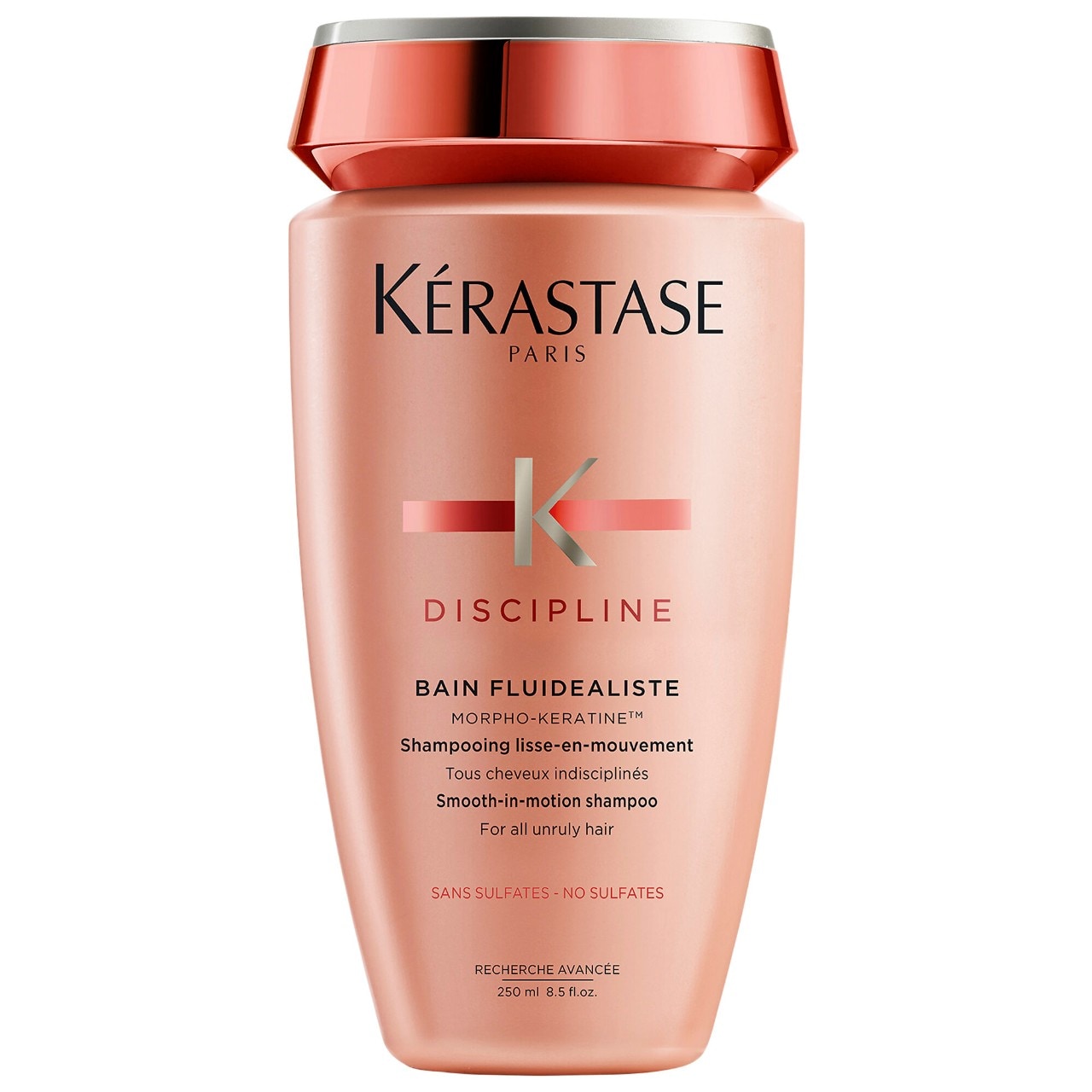
Find a sulfate-free formula for cleansing, since it'll be less harsh on the hair and won't cause the extensions or your natural hair to feel dry and brittle.
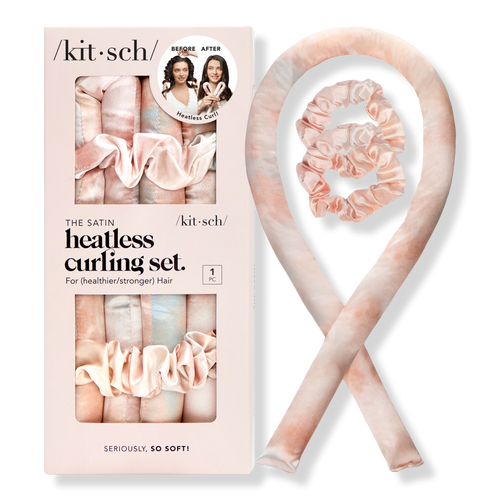
While a little heat is okay every once in a while, too much exposure to extreme temperature can be an issue for hair that's already fine or damaged. If you want to wear curls on most days without having to worry about damage, invest in a heatless curl product.
Why Trust Marie Claire
For more than 30 years, Marie Claire has been an internationally recognized destination for news, fashion and beauty trends, investigative packages, and more. When it comes to the products Marie Claire recommends, we take your faith in us seriously. Every product that we feature comes personally recommended by a Marie Claire writer or editor, or by an expert we’ve spoken to firsthand.
Meet the Experts
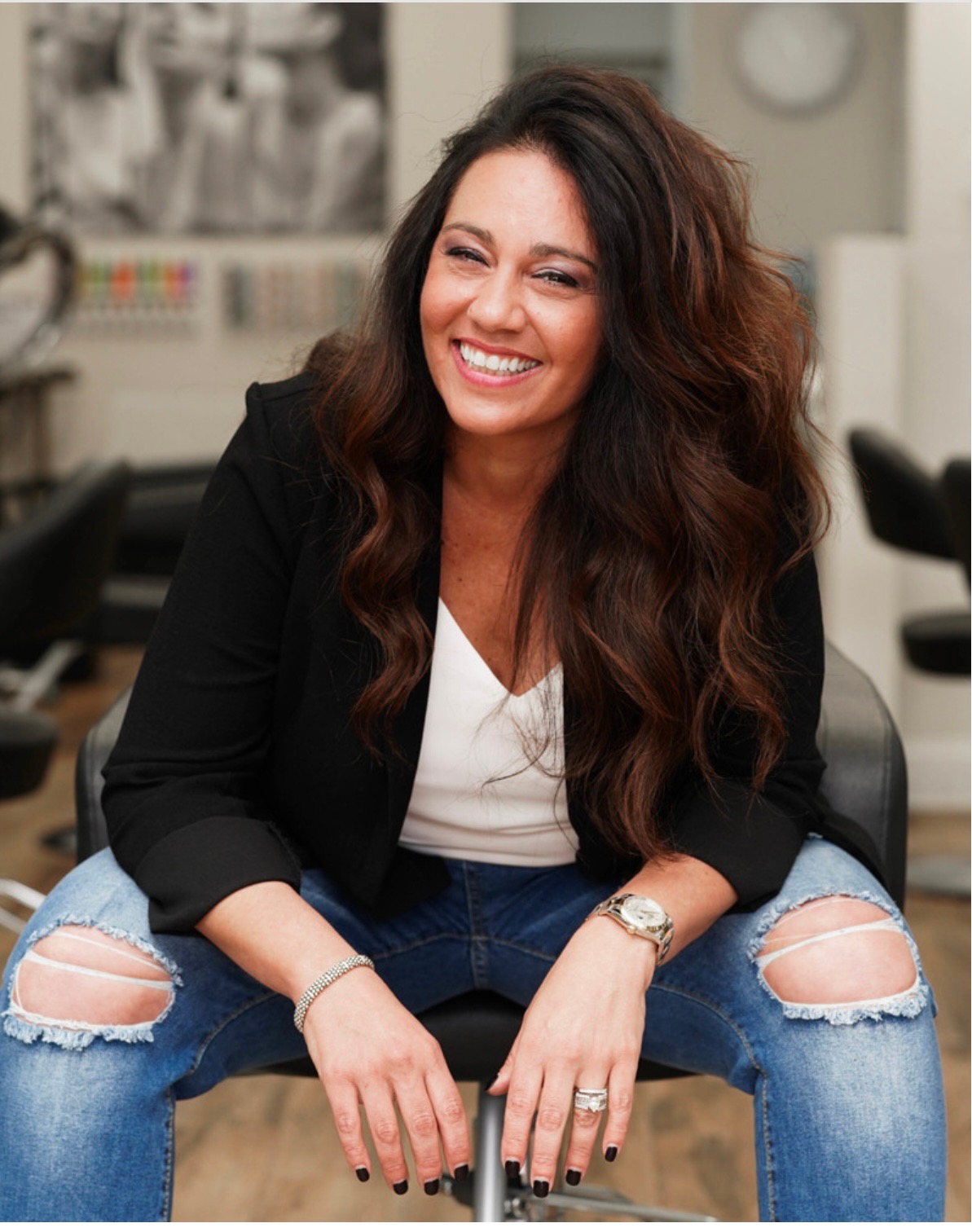
Jennifer Korab is a hairstylist and founder of Renaissance Salon & Spa and Revival Barber Shop in New Jersey.

Danielle Jackson is the senior beauty writer at Marie Claire. She has nearly a decade of experience covering beauty, lifestyle, and entertainment and was previously the senior beauty editor at Women's Health, where she thoughtfully covered topics related to skincare, haircare, aesthetics, and wellness. Before that, she spent three years as an assistant beauty editor at PS, and in the years since, her work has appeared in titles like Vogue, InStyle, Glamour, and more. Danielle graduated from the University of Georgia with a BA in English, and has lived in Brooklyn for almost ten years. When she's not writing, you can find her reading romance novels and talking about sunscreen. You can find her on Instagram @danielleknecole.
